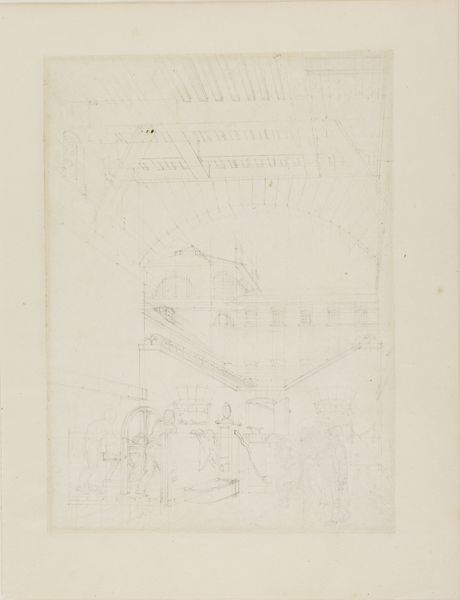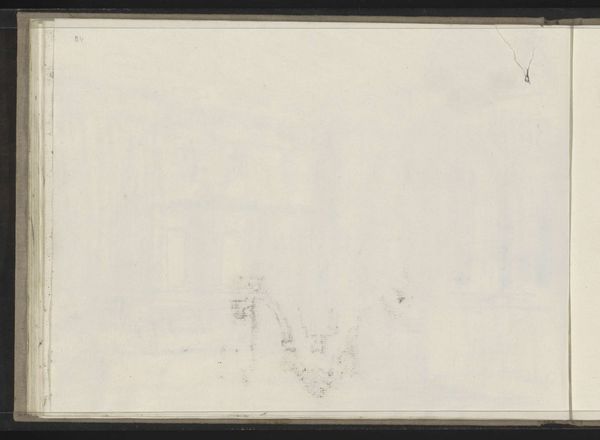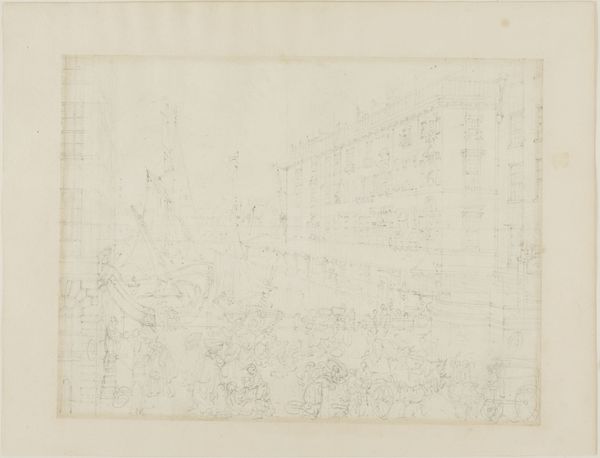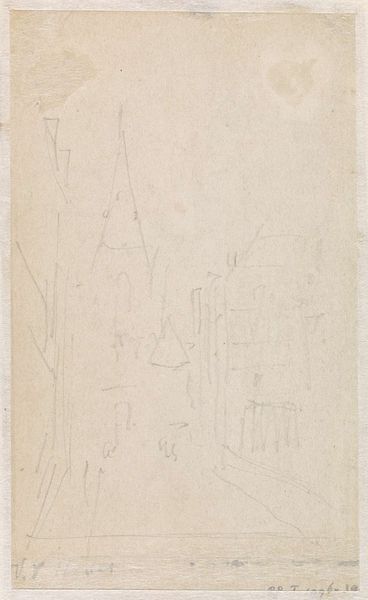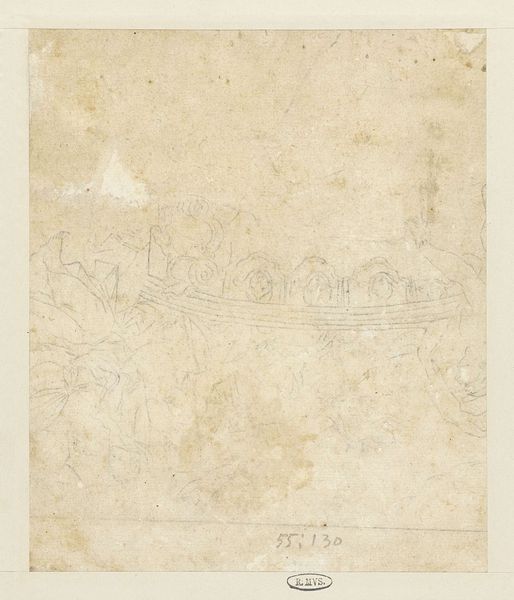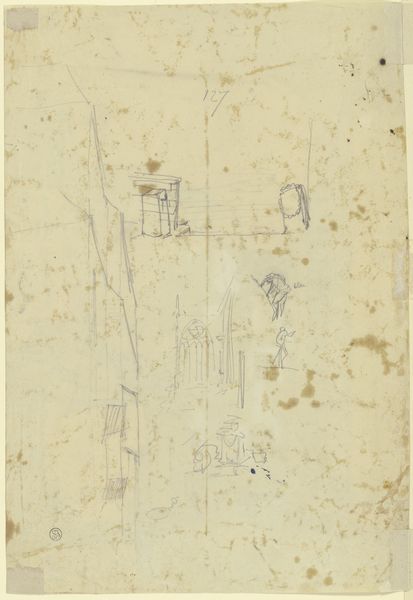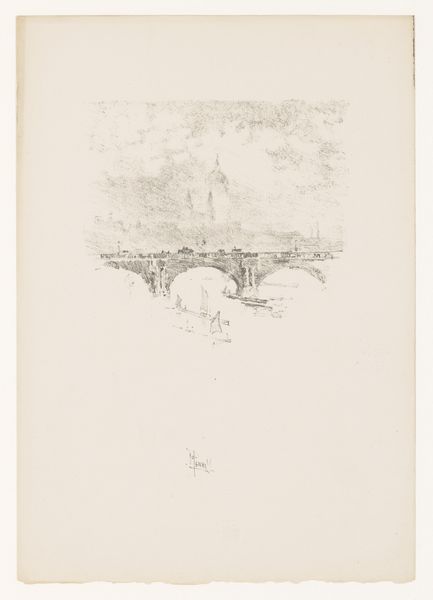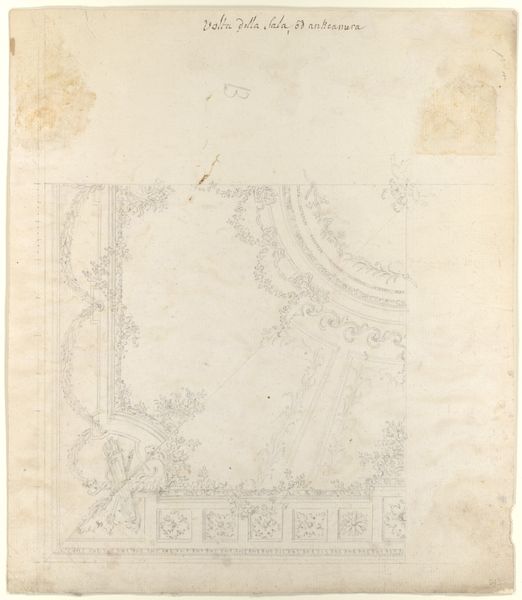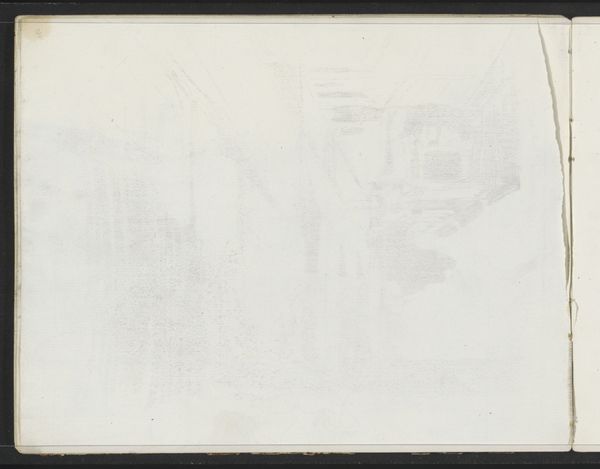
Study for Westminster Hall, from Microcosm of London c. 1809
0:00
0:00
drawing, print, paper, graphite, architecture
#
drawing
# print
#
landscape
#
paper
#
form
#
line
#
graphite
#
architecture
Dimensions: 259 × 194 mm
Copyright: Public Domain
Editor: So, this is Augustus Charles Pugin’s "Study for Westminster Hall, from Microcosm of London," around 1809. It's graphite on paper, a drawing and a print. It feels very skeletal, like looking at the bones of a grand building. What do you see in this piece? Curator: This image hums with symbolic weight. Even in this skeletal form, Westminster Hall is immediately recognizable – but why? Consider what that space *meant*. Historically, it housed Parliament, royal courts… think of the trials, coronations, the very machinery of British power played out under that roof. Editor: Right, I can see that. All those historical events layered into the space itself. Curator: Exactly. Pugin, working in this period, would have understood the weight of that cultural memory. And, in focusing on the architecture – the pointed arches, the soaring ceiling – what do you think he's emphasizing? What visual language is he using? Editor: Maybe the enduring power of institutions? The architecture outlasting the individuals? Curator: Precisely. And it’s not just *any* architecture. This is Gothic Revival, deliberately evoking a romanticized past. What feelings do you associate with Gothic architecture, generally? Editor: Grandeur, but also perhaps a bit somber or spiritual. It feels very weighty. Curator: Which connects to ideas of national identity and heritage. This drawing, in its meticulous detail, becomes a meditation on how buildings can embody cultural values and transmit collective memories. Almost like an ancestor to us now. Editor: That makes me think differently about architectural drawings. It's not just a blueprint, but also a cultural document. Curator: Indeed! A powerful convergence of form, history, and cultural identity, all rendered in delicate lines. Editor: I never would have seen all that on my own. Thanks for walking me through it!
Comments
No comments
Be the first to comment and join the conversation on the ultimate creative platform.

